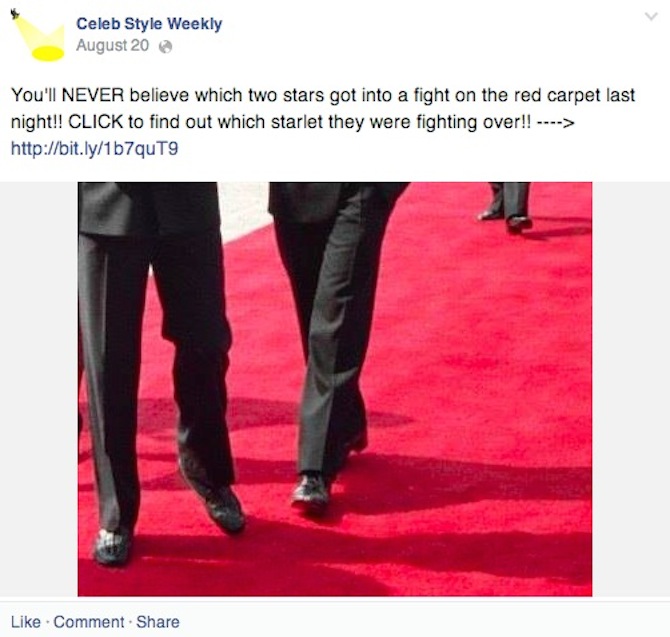We’re Move Digital, a gang of digital professionals working out of a studio in Kennington, South London. We’ve got our fingers on the pulse of the latest tech news, so we thought we’d share that with all of you! Read on for the first edition of Move Digital’s Tech Triple, the three stories that caught our attention this week in the world of tech.
Instagram Stories
In 2013, Snapchat founder Evan Spiegel shocked the tech world by turning down an offer of $3 billion offer from Facebook to acquire his app. But has Facebook had the last laugh?
This week, Instagram – bought by Facebook for $1 billion in 2012 – launched ‘Stories,’ a new feature which allows users to post pictures to their followers that disappear within 24 hours. Sound familiar? Yup. It’s pretty much exactly the same as Snapchat’s ‘Stories’ feature. Even the name is the same!
We can only imagine the amount of anger and frustration that must’ve been going on in Snapchat’s offices when this feature launched earlier this week. How have they allowed a competitor to steal one of their most beloved features from under their noses? Our guess is that Snapchat’s copyright wasn’t anywhere near as watertight as it should have been. Instagram’s CEO has even admitted that he stole the idea from Snapchat.
So which is better? The reviews are in, and… well, it looks like Instagram Stories is the superior product.
From a marketing point of view, we actually like it more too. Instagram has a much wider user base, and the new Stories feature allows brands to share more with their followers. Many brands like to ‘curate’ their Instagram profiles, posting only the best, most aesthetically pleasing images to their ‘grid’. The new feature allows them to continue this while also sharing other, more ‘behind the scenes’ content that their followers may find interesting.
How will Snapchat respond? Watch this space.
The future is AMP
It’s no secret that mobile is a big deal in 2016. Statistics vary, but the general consensus is that the amount of traffic generated by mobile eclipsed that generated by desktop at some point in 2014. Therefore, the focus of many tech companies over the last couple of years has shifted towards making their services accessible to mobile users.
With this firmly in mind, Google announced this week that their organic search results will soon include AMP (accelerated mobile page) links. For the uninitiated, AMP pages enhance the speed and performance of pages on the web for mobile users. Fast load times are key for mobile web pages; users will often be connected to a patchy 3G network, or be at the mercy of an unforgiving data plan. If your page takes ages to load, there’s a high likelihood that users will leave before any of your well-crafted content has the chance to pop up on their sceen. AMP strips away unnecessary features of a page’s code, so that it loads lightning fast. Funnily enough, a lightning bolt is the AMP logo.
So what do you need to know for your brand? Firstly, it’s important to note that your mobile ranking won’t be penalised if you choose not to use AMP. It just means that if you optimise your site for AMP, those links will automatically appear on Google’s organic search results. So, while it doesn’t provide a direct SEO boost, providing potential customers with links that load quickly on mobile will do your business no harm.
Facebook’s war on clickbait
A social network changes its algorithm… you won’t believe what happens next!
We’ve all been there before; you come across a link that deliberately withholds so much information that you just have to click on it. Then – like always – you end up disappointed. You never learn, do you.
Clickbait has been a part of web marketing for as long as we can remember, and it’s a practice that really needs to die out. It’s used to drive links to a page by deceiving users rather than enticing them in with quality content that delivers on what the headline says.
Facebook announced this week that they’re doing their bit to stamp out the practice by penalising clickbait content in their new ranking algorithm. In plain English, that means you’ll see less and less clickbait in your news feed once Facebook rolls out the changes.
Facebook’s definition of a clickbait headline is one that either:
Withholds information
Example: “You won’t believe which footballer is linked with a sensational move to a Spanish club!”
The classic. A headline you can’t resist. A sponsored post from a brand you’ve never heard of. Thoroughly disappointing content that hasn’t been proofread. In the event it turns out the footballer is someone you’ve never heard of, and he’s on his way to Real Sociedad. Great.
Exaggerations that create misleading expectations
Example: Apples are actually bad for you?
The example above, given by Facebook, is subtler but certainly no less annoying. The piece of content in question would go on to argue that apples are bad for you if you eat too many of them. Which is pretty much true of anything. Even kale.
So, if clickbait is a part of your content marketing strategy, you need to shake things up quickly. Your clickbaiting days are numbered.
MOVE DIGITAL IS A COLLECTIVE OF DIGITAL PROFESSIONALS WORKING OUT OF AN OFFICE IN SOUTH LONDON.




